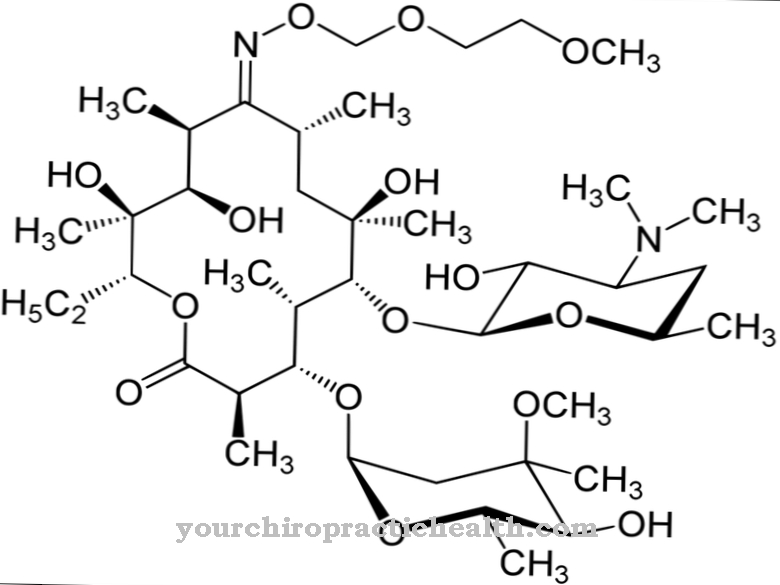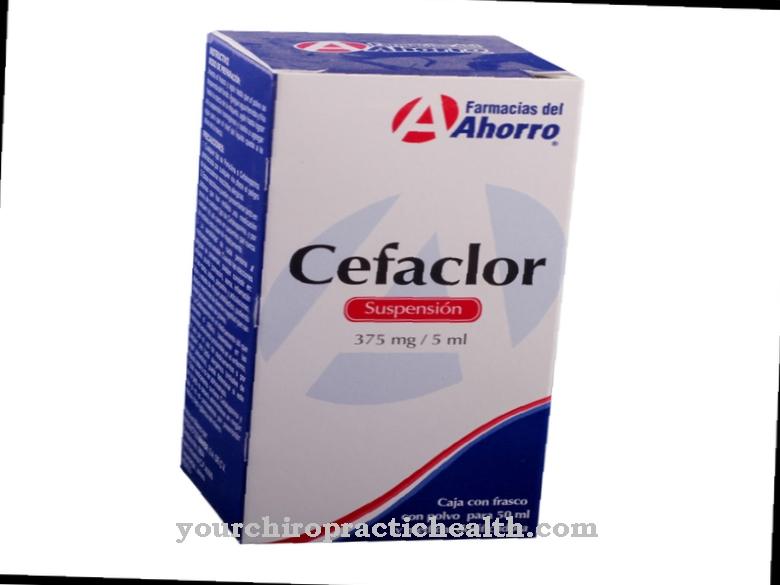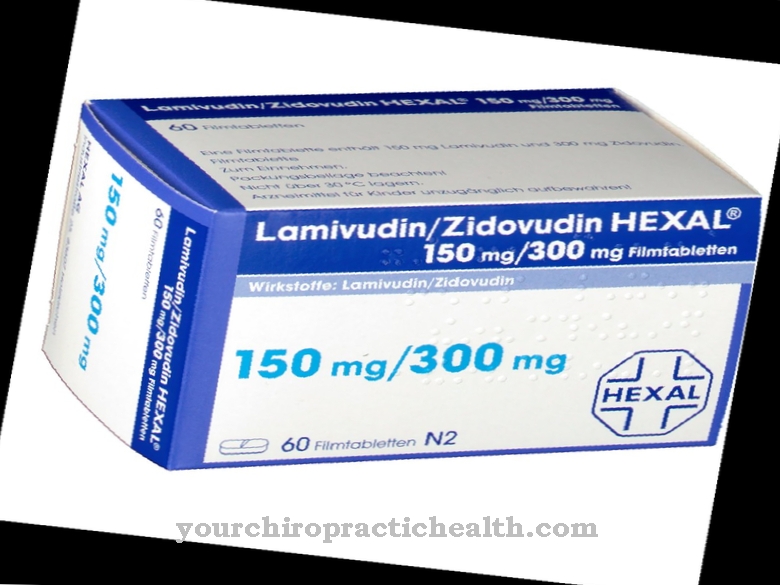The Aminomethylbenzoic acid is used as an active ingredient to clot blood. It is therefore of high value in the case of massive bleeding. The drug can also be used for the resulting sequelae.
What is aminomethylbenzoic acid?

If wounds occur and the associated bleeding occurs, the organism should be able to help itself. In these cases the so-called plasmin, which is involved in the clotting of blood, would be formed. In some acute and chronic initial situations, however, the body can no longer be ready to produce this enzyme.
It is therefore necessary to use a drug to inhibit the bleeding. In this case, aminomethylbenzoic acid is often used. They are administered orally in the form of tablets and capsules. The effect takes place around 60 to 120 minutes after the preventive ingestion, which in turn lasts for around five hours. This time is regularly sufficient to stop even heavy bleeding and to clot the blood. The later excretion takes place almost without residue through the kidneys. Except for minor side effects, the drug is usually very well tolerated.
Pharmacological effect
The aminomethylbenzoic acid is deposited in the organism at the plasminogen binding site. This molecule is occupied by plasmin in a healthy body during the formation of a wound. The plasmin in turn forms a proenzyme at that point, which supports the fibrin cleavage, which in turn lays the basis for blood clotting.
But not every organism is capable of this. In the context of acute illnesses and chronic complaints, lysine can bind to that plasminogen binding site. In effect, this would prevent the aforementioned process. The blood would come out of the wound without clotting. Self-healing and thus closing of the wound would not be possible. However, the aminomethylbenzoic acid now blocks the plasminogen binding site.
As a result, lysine can no longer accumulate there. The path for fibrin cleavage and the associated blood clotting is paved. However, the effect only occurs for a few hours. The wound is then closed, so that repeated lysine storage at the binding site can no longer trigger a negative result.
Medical application & use
In fibrinolysis - the breakdown of blood coagulation triggered in the body - aminomethylbenzoic acid is of great importance. Otherwise it would lead to uncontrolled bleeding. Since these can reach a very high intensity, the course of even smaller wounds would sometimes be fatal, depending on the initial situation.
It is irrelevant whether the disorder is chronic in the organism or whether it occurs temporarily and locally. Even an average dose of one tablet can stop bleeding within one to two hours. In addition, administration in the context of haemophilia A should be considered. In this condition, too, the coagulation of the blood is inhibited.
An additional application is possible in prostate cancer. Blood can leak out as the tumor grows. This is usually found in the urine and in the stool. The aminomethylbenzoic acid also has a coagulating effect. In a few forms of blood cancer, intake is also aimed at.
You can find your medication here
➔ Drugs for wound treatment and injuriesRisks & side effects
The aminomethylbenzoic acid can lead to undesirable side effects in the days after first use. These usually take place in the stomach and intestines. The side effects are often accompanied by diarrhea and vomiting.
You may also feel dizzy. In general, a decreased sense of well-being is perceived. Fatigue, headaches and lack of drive dominate. It is not uncommon for a rapid drop in blood pressure to be recorded. In addition, it is important not to administer aminomethylbenzoic acid to certain groups of people or when certain medical indications occur.
These include pregnancy with subsequent breastfeeding, the so-called vitreous disease, weakening or even inability to function of the kidneys, and a general tendency to thrombosis. Finally, it must be ensured that the aminomethylbenzoic acid is also suitable for interaction with other drugs. This could result in negative circumstances.
























.jpg)



